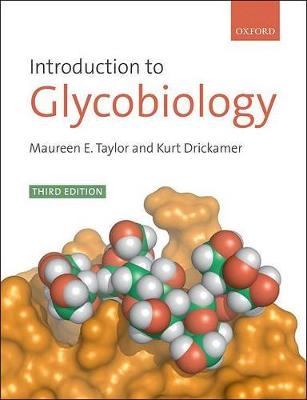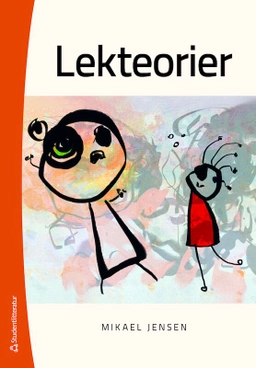Sugars are familiar as vital sources of energy. Yet the biological importance of the sugars extends well beyond their value as cellular fuels. Introduction to Glycobiology reveals the true impact of the sugars on biological systems, explaining their function at the molecular, cellular, and organismal level. Employing a two-part structure, the book leads us through essential principles and concepts upon which the discipline is grounded, before exploring the diverse roles of sugars throughout biological systems, including development, cell signalling, and protein trafficking. It also emphasises the importance of glycobiology in disease, and explains how an understanding of the link between the two is enabling us to develop new therapeutic strategies. Taking the student from the fundamental principles to the frontiers of the subject, and with a wealth of learning features to get the most out of their studies, Introduction to Glycobiology remains the ideal resource for students and teachers alike. Online Resource Centre For students: DT Updates - surveys of key developments in the field, provided on a six-monthly basis, to maintain currency DT Library of 3D, rotatable molecular structures to help students visualize structures and gain a proper appreciation of the link between structure and function DT Hyperlinked references to facilitate access to primary literature For registered adopters of the book: DT Full colour figures, available for download individually or as PowerPoint slides with key explanatory points DT Answers to end-of-chapter questions DT Journal Clubs - suggested papers and discussion questions linked to topics covered in the book
Åtkomstkoder och digitalt tilläggsmaterial garanteras inte med begagnade böcker





















